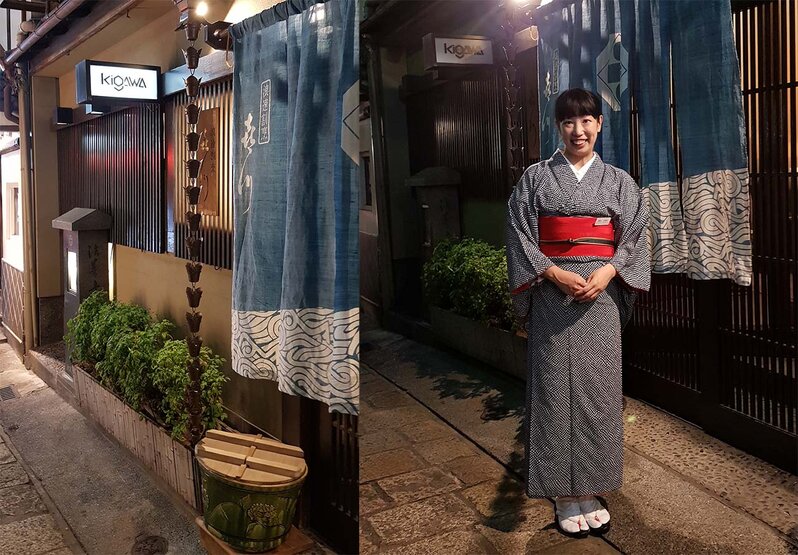Osaka is often referred to as the Nation's Kitchen “Tenka no daidokoro(天下の台所)” of Japan, a moniker bestowed upon it during the Edo Period (1603-1868) when the city was the epicentre of the rice trade. Osaka remains the country’s culinary centre, and while its offerings may not necessarily rival Tokyo's in terms of sophistication, any doubts about its right to this crown are soon dispelled with a quick stroll in the entertainment district of Dotonbori, a neon-lit labyrinth jam-packed with restaurants, food stalls and bars providing a kaleidoscope of dining options, interspersed with deafening gaming arcades.
There’s more to Osakan cuisine than just okonomi-yaki (Japanese pancake) and kushi-katsu
(skewered deep-fried meats and vegetables). While nearby Kyoto is famed for its traditional
kaiseki-ryōri (懐石料理)multi-course haute cuisine, Osaka has its own kappo (割烹) means to cut and cook style of less formal dining, which embodies various traditional Japanese
cooking methods: raw, simmered, fried, steamed and roasted or grilled. Most kappo restaurants
tend to feature counter seating where you can interact with the chefs — that is if you speak the language. Both kaiseki and kappo cuisines are anchored on the quality and seasonality of
ingredients, but the menu of the latter is often less structured, and usually served in a more
down-to-earth and lively atmosphere compared to the formal elegance of kaiseki.









